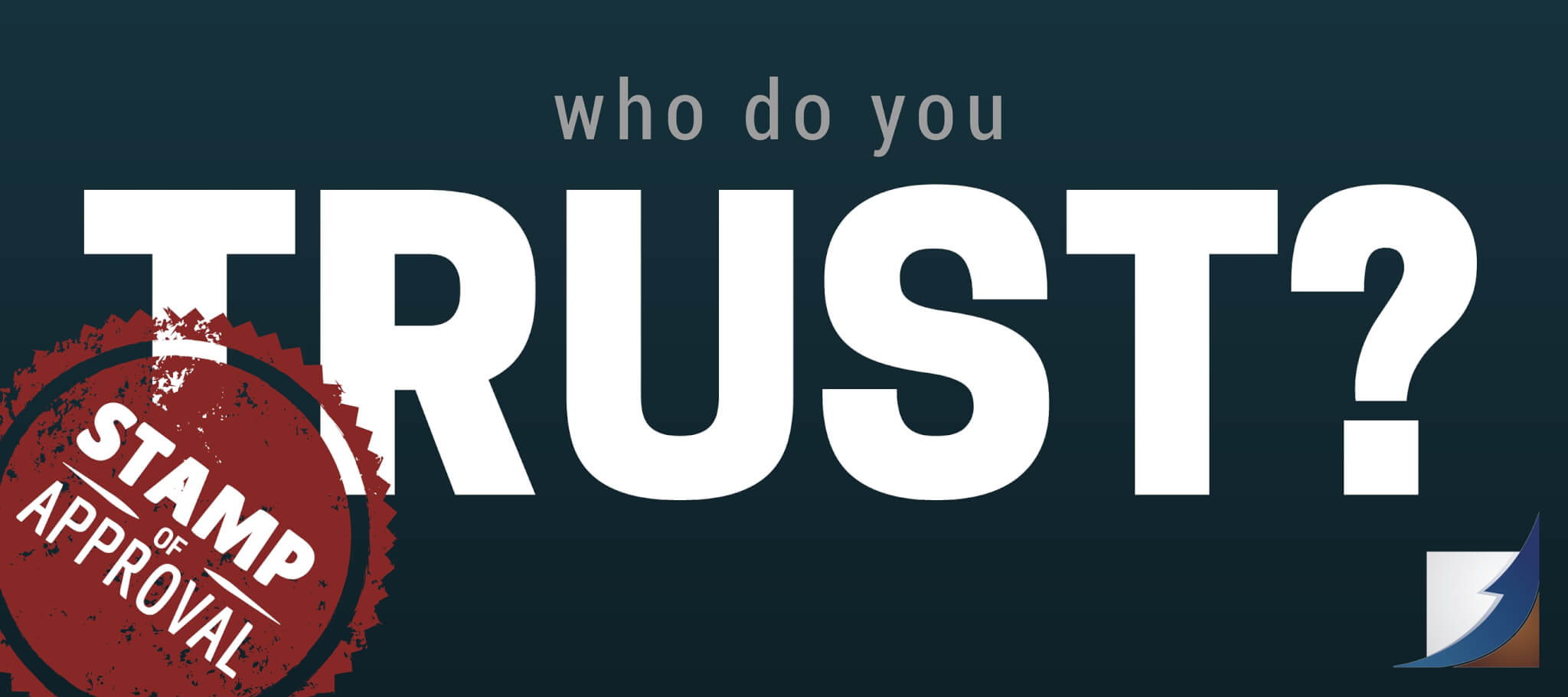In the nonprofit world there are tricky waters to navigate and complex decisions to make every day. The economy continues to be volatile; the political landscape, beyond volatile. It’s tough to chart your course in the areas of finance, programs, governance, staff and board development, and marketing and social media. That’s where a trusted advisor enters the picture: a new voice in the mix to add a fresh, impartial perspective.
There are competing schools of thought about just how close the relationship between client and trusted advisor should be. “I’m a strong believer in connecting personally,” says David Munshine, president of The Munshine Group. “The closer the relationship, the more you can accomplish together. When your clients know you well they see you’re not just selling services. You’re focused on everything that’s important to their growth. You may not have all the answers, but you know where to find them. ”
Here’s an analogy. Say you’re in the market to buy a new home. One realtor asks you where you want to live, then shows you homes in that area. A second realtor asks a myriad of questions about your family, school preferences, weekend activities, commuting needs, social aspirations, and your thoughts about living in a diverse community. This realtor then suggests some towns you may not have even considered, and your horizons expand.
The second realtor has assumed the role of a trusted advisor: not just providing you with a service you asked for but guiding you through a decision-making process that anticipates long-term needs. Trusted advisors see the large picture. They venture out of their comfort zone to learn new skills, solve problems, find answers, and develop strategies for growth. As such, they are sought after for advice that goes way beyond their primary skill set.
“Our role is to do everything we can to help our clients succeed,” says Munshine. “We stay behind the scenes and put them front and center as the stars of the show. As the saying goes, ‘Success has many parents, but failure is an orphan.’ If something doesn’t work out we’re always there to share responsibility and find solutions.”
A trusted advisor understands the pressure clients face to grow their organizations, expand the donor base, satisfy their leadership, and hit financial goals. They will ask the client about their aspirations and long-term needs. The client in turn depends on the advisor to see the potential impact of what they do. “This is when we take on a broader role,” explains Munshine. “Have they thought about the ongoing costs of expanding their organization? Is there something else they can add to their menu to excite a wider donor base? It’s all part of developing a long-term strategy for the future. ”
Good communication is the key to a successful relationship between advisor and client. “Both sides must listen to and trust each other,” says Munshine. “If the client is unsure or uncomfortable about something, they need to tell us. That’s when a close relationship becomes very helpful. It’s like a marriage—you recognize their moods and body language. ”
All the important components of a trusted advisor relationship came into play when The Munshine Group recently helped an independent school in northern New Jersey plan a major fundraising campaign. Initially the school was not necessarily ‘thinking large’ but was considering many areas of potential expansion. The team worked closely with the school to fine-tune goals and performed a feasibility study to gain input from the school community.
“Based on the study, the community wanted a transformative campaign,” says Munshine. “So we recommended they raise a larger sum of money than they had initially been considering.” A multiphase, long-term effort was launched to build the endowment, support teaching excellence, provide scholarships and put the school in a strong financial position to address long-term facilities needs. “Through this plan the community saw the first step as a catalyst to make their shared long-term vision a reality,” adds Munshine.
One year later, the school has raised 75 percent of its phase one goal while encouraging donor families to foster multigenerational philanthropy. One family gave $1 million while another gave $20,005.20. The youngest donor, age 5, pledged 10 cents per week for one year.


